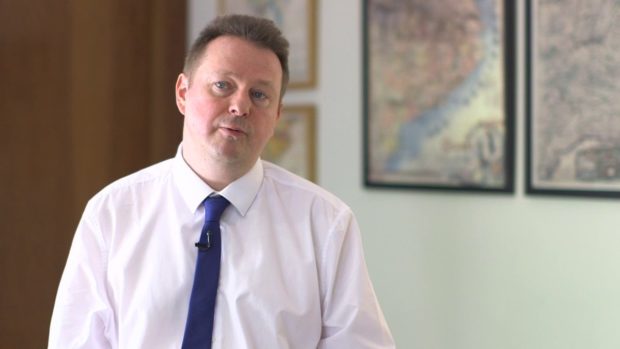Every time we travel by plane or on underground trains, official announcements remind us that total strangers might slaughter us.
But how did we get here?
That’s the theme of a fresh look at the origins of the contemporary terrorism crisis in a lecture to mark the official launch of the 25th anniversary year of St Andrews University’s Centre for the Study of Terrorism and Political Violence.
The oldest research centre on terrorism in Europe, CSTPV has over the past 25 years consistently remained at the forefront of cutting-edge research into the causes and consequences of political violence.
To mark this quarter of a century, CSTPV director Tim Wilson, will deliver a keynote lecture which seeks to shed light on how we have come to live in these terrorism-dominated times.
Dr Wilson said: “Such a state of affairs has come to seem normal in the early 21st Century.
“But in any longer term perspective it is not.
“We live in weird times.
“It is only when we look back over 250 years that we can see how political violence has grown into a generalised threat that menaces everyone.
“We need to ask a simple, but difficult, question: how on earth did we get here?”
Dr Wilson will deliver a public lecture, Killing Strangers – how violence became modern, at 5.15pm on September 26 in School III, St Salvator’s Quad.
The lecture is the first of a major programme of public events to celebrate CSTPV’s 25th anniversary over the 2019-2020 academic year.









